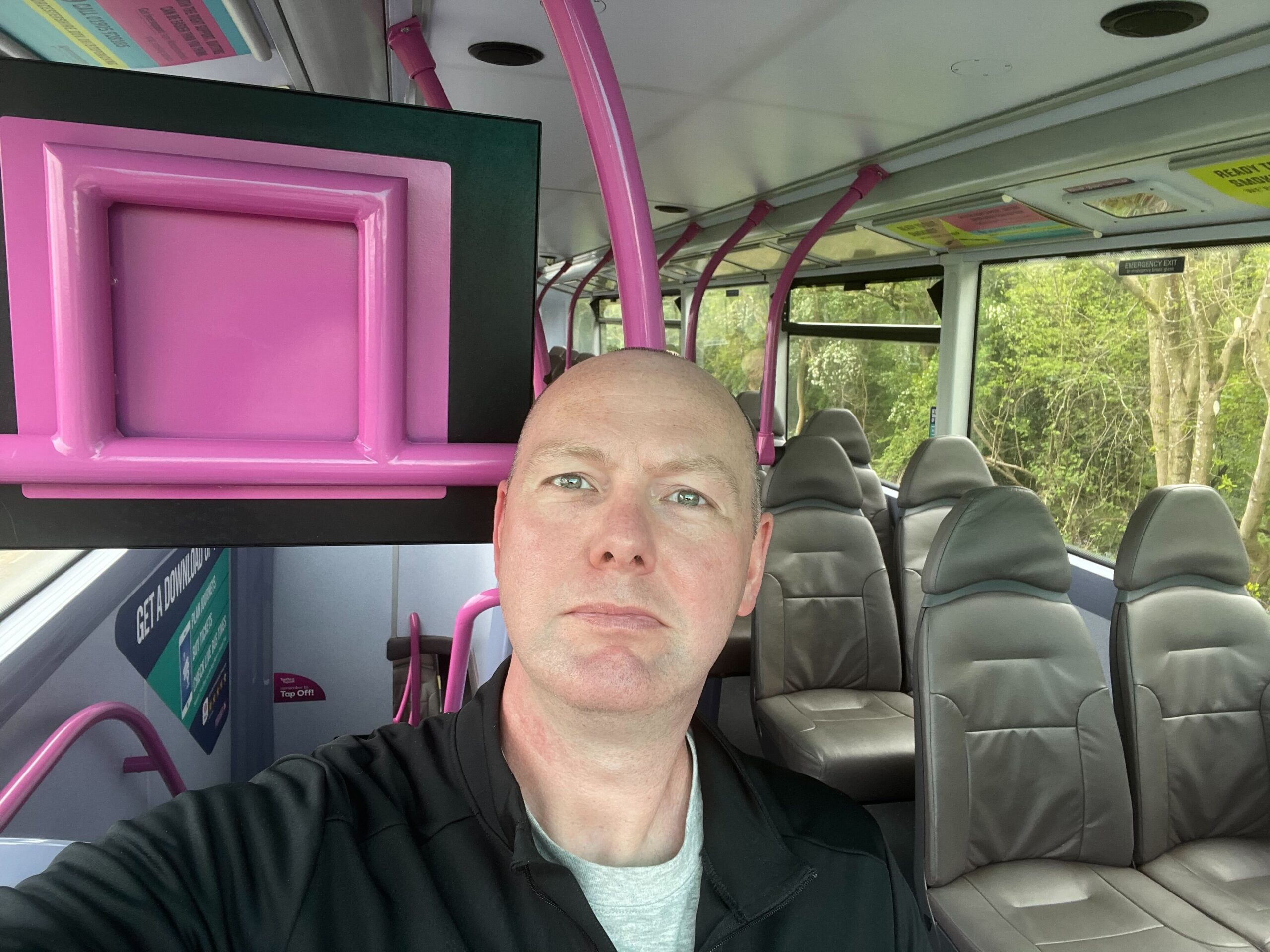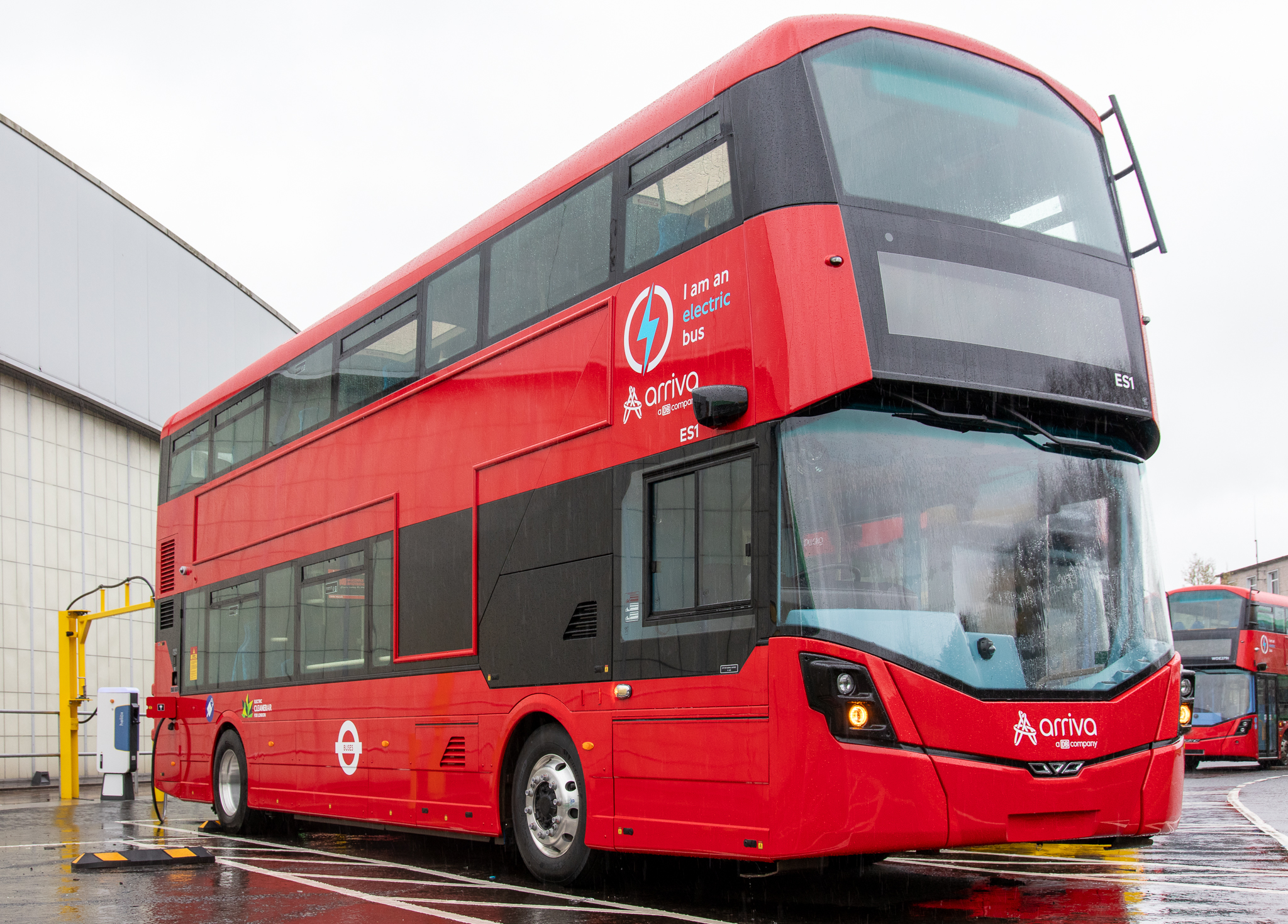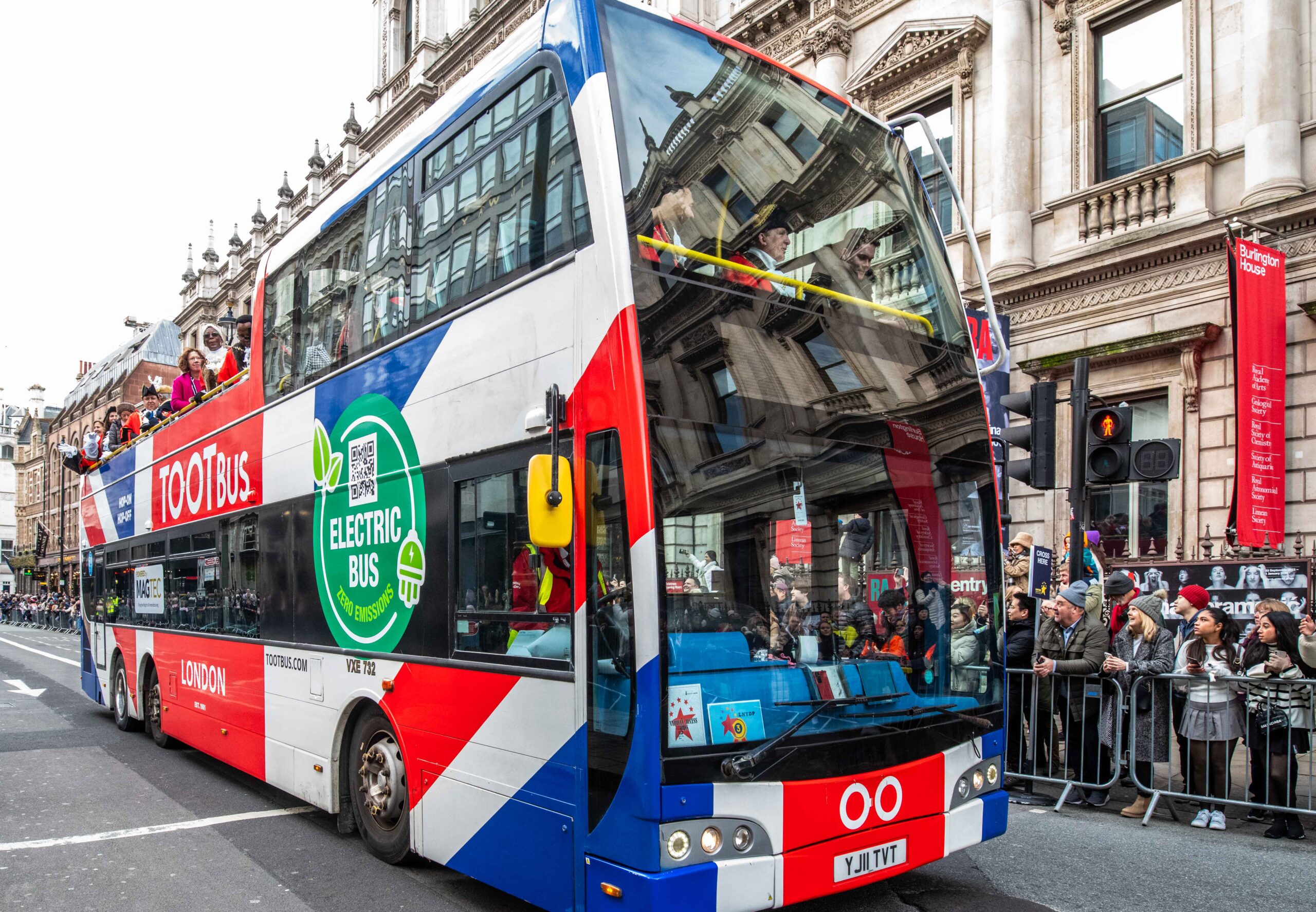By Tim Rivett, General Manager at RTIG-Inform
Around 14 million people in Great Britain are disabled, and on average they rely on using local bus and coach services more than most to make the journeys many take for granted. For some, a lack of on-board travel information can be a major barrier to travelling confidently and independently. More broadly, on-board information has the potential to improve the journey experience for all passengers.
Many transport operators and authorities have taken steps to provide this information, but over half of vehicles remain unequipped to provide it. This is why the government has introduced the Accessible Information Regulations. These new rules will make the provision of audible and visible information a requirement on board local services across Great Britain, which will help everyone to travel with confidence.
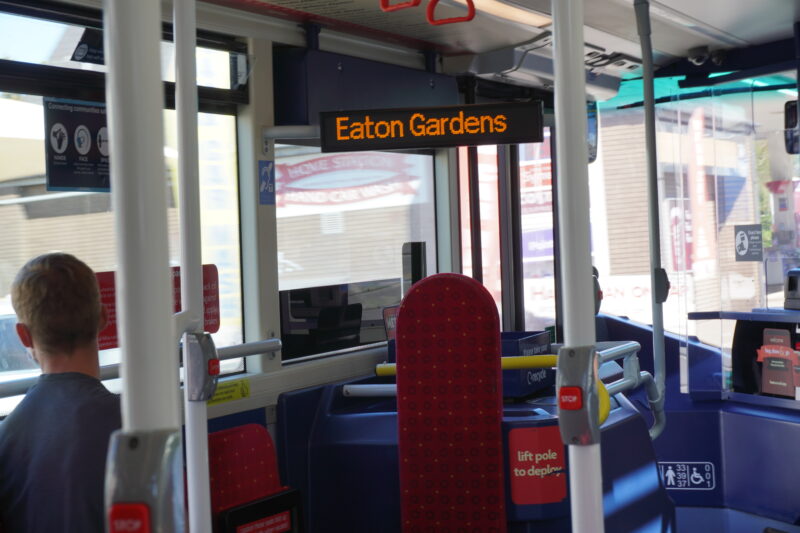
For some passengers, most notably those who are visually impaired, deaf or hard of hearing, people with cognitive or learning impairments, and some autistic people, a lack of information about a vehicle’s location and direction of travel can make travelling by bus or coach an anxiety-inducing experience. In their 2014 “Destination Unknown” survey, the Guide Dogs for the Blind Association found that 70% of visually impaired respondents had missed their stop because the driver forgot to tell them when to get off, and 68% would use buses more frequently if audio-visual announcements were provided on board. We know however, that accessible onboard information benefits a range of people, not just those who are disabled, making services simple to use for regular passengers and first-timers alike.
Site Loss Council Volunteer Julie Stevens said:Getting on a bus without the audio announcements is quite stressful. I become quite anxious really because you don’t know where you are. For my regular bus journeys I try to sort of locate different landmarks, so there may be a bend in the road or a hump or a roundabout and that gives you sort of some indication of where you are, but then you don't know exactly if when you've got off the bus, you're in the right place. Having the audio announcements, you know exactly where you are, they’re absolutely fantastic. Those bus stops that I never knew existed, roads I didn't know existed. You know exactly where you are. It takes all the stress out of the journey and sometimes because I've got a guide dog people want to talk to you and with the audio announcements you can relax, it doesn't matter. Without the announcement you have to concentrate and with just one second lapse in concentration and you just don't know where you are.
Providing audible and visible information on board transport services is not a new concept. The provision of announcements and visual displays has been a requirement for new railway rolling stock since 1998, and since the early 2000s, several operators and authorities have begun providing it on buses. For over fifteen years, most bus services in London have incorporated audible and visible information on the route and upcoming stops.
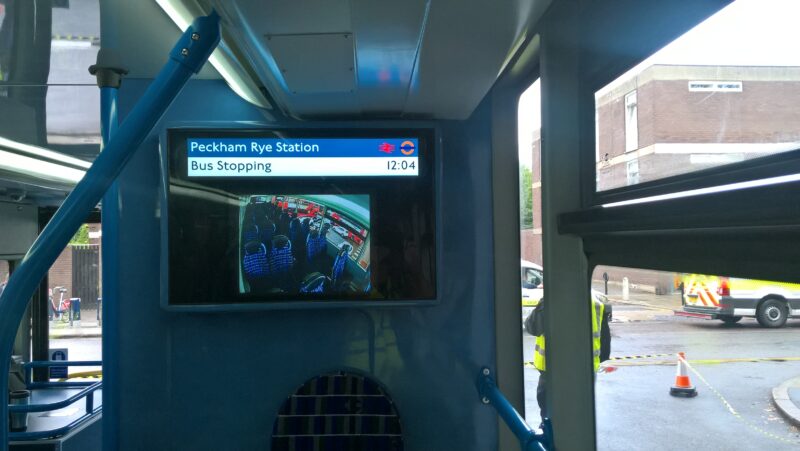
As of 2022/23, 49% of vehicles operating local services in England have the necessary equipment installed. This figure drops to 29% for England outside London, 37% in Wales, and 35% in Scotland. There remain many areas where disabled passengers cannot board a bus with confidence that onboard information will enable them to alight in the right place. Mandating its provision is therefore about consistency of experience, ensuring that wherever disabled people and other passengers travel in Great Britain they can be sure of accessing the information they need.
Sight Loss Council Volunteer Member Vidya Nathan said:It is so important to make transport accessible for our blind and partially sighted community as we are heavily reliant on public transport for our daily life, and to access social and work opportunities. Making transport accessible enables us to be more confident, safe, active and independent.
The Accessible Information Regulations require operators to equip vehicles, so information is provided about a local bus or coach service to passengers travelling on board them in both audible and visible formats. The regulations make provision for people who rely on hearing aids to access audible information. Audible information must be available to somebody using a hearing aid in conjunction with an Audio Frequency Induction Loop (T-switch on a hearing aid) when they are seated in a priority seat or wheelchair space.
To ensure the information provides real-life benefits, the Department for Transport has worked closely with disabled passengers, user groups and the bus and coach sector, whilst giving operators the flexibility to choose solutions suitable for their services.
Information that will be provided to passengers includes the route, the next stop and warnings about diversions. Audio information can be digitally produced or prerecorded.
The regulations do not dictate the technology to be used. This is to allow for operators to innovate and ensure that the regulations do not become outdated as technology advances, whilst specifying the minimum specification and information that a passenger can expect and rely upon wherever they are travelling. Operators who have already equipped their vehicles are already innovating and providing information such as the next few stops on maps, points of interest and using local celebrities to provide the audio.
The requirement is being phased in based on the age of the vehicle over the next two years, with the newest vehicles, those first used after 1 October 2019, having to meet the requirements of the regulations by 1 October 2024 – now only a few months away. Older vehicles have up to October 2026 to comply.
Where an operator has already invested in audio-visual information this is recognised in the regulations, and where the existing investment does not fully comply with the requirements in the regulation, then operators have until 2031 to update systems.
New vehicles introduced after October 2024 have an additional requirement to include visible information which can be seen by a wheelchair user when travelling in a rearward-facing wheelchair space.
The government has allocated 4.65 million GBP to support small operators to comply with the regulations, RTIG has been asked to manage the grant on behalf of the Department for Transport.
In the coming weeks, RTIG will be launching a grant scheme to support the cost of fitting vehicles with audio visual equipment. This will be targeted at the smallest operators. Once further information on the grant is avaiable, the timings and process will be available on the RTIG website.










